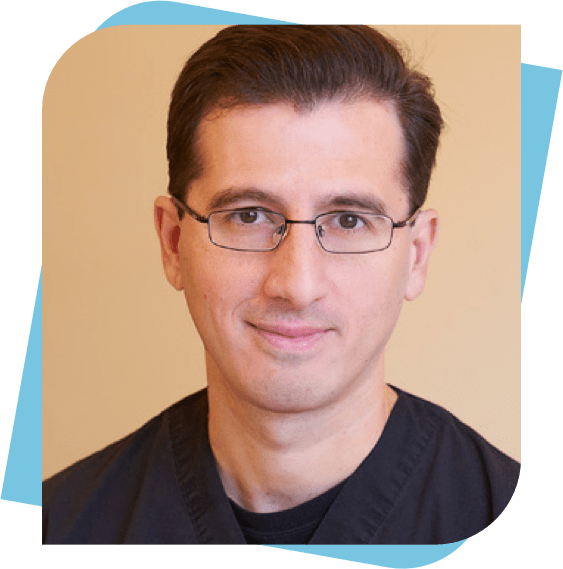Visit an Emergency Dentist if You Crack or Break a Tooth
Cracked and broken teeth are a common reason for visiting dentist. Not only are patients shocked when they damage their teeth, but they also don’t want to walk around with an embarrassing gap in their smile.
Tooth damage can also lead to pain, discomfort, and more severe damage—such as infection—if left untreated. So to save your smile and avoid pain and embarrassment, visit your emergency dentist to repair your damaged teeth.
Here’s a look at the types of cracks, and the various methods dentists use to repair broken teeth.
Types of Tooth Cracks
Whether you bit into hard food or you fell on your face, your dentist can repair and replace broken teeth, no matter how severe the damage.
Here are the different types of tooth cracks, starting with the least severe damage.
Craze Lines
These appear as tiny, vertical lines in the outer enamel, and are superficial, without any pain.
Fractured Cusp
This damage occurs when a part of your tooth’s chewing surface breaks off. Fractured cusps are not usually painful and rarely damage the pulp of the tooth.
Cracked Tooth
This crack starts at the chewing surface and extends vertically towards the root. Emergency dentists can save cracked teeth if treated immediately. But if left untreated, you will likely lose the tooth.
Split Tooth
If a cracked tooth is not treated, it will become a split tooth. It has a deep crack, splitting the tooth into separable parts. These teeth are not usually salvageable.
Vertical Root Fracture
This serious damage occurs when the tooth breaks at the root. The crack starts at the root and extends toward the chewing surface. But since they are inside the tooth, they are not usually visible. So you may only notice them if your tooth hurts, and the tooth and gums get infected.
Tooth Repair Basics
Your dentist will use one of the following dental procedures to repair your damaged teeth depending on the type of break.
Dental Bonding
Dental bonding uses a composite tooth-coloured resin to rebuild a damaged tooth. This bonding repairs cracks, chips, discolouration, misshapen teeth, gapped teeth, and decayed teeth (cavities).
Veneers
These thin tooth covers are usually made of porcelain. Dentists bond veneers to the front of damaged teeth. Veneers will match the exact appearance of your teeth, and they can last for up to 30 years. Your dentist will apply temporary veneers to protect your teeth until you get permanent veneers.
Crowns
If you badly chip or crack your tooth, your dentist may use a crown to restore it. Crowns cover an entire tooth to protect it. Crowns also improve a tooth’s appearance while matching the tooth.
Root Canals
You may need a root canal if you have damage in the pulp of your tooth, such as a vertical root fracture. This procedure involves removing the infection, decay, and the nerve. Your dentist will seal the tooth to prevent future infections. If your tooth is badly cracked, your dentist might use a crown to protect the weakened tooth.
Dental Implants
If your tooth crack reaches below the gum line, your tooth is no longer salvageable. Your dentist will remove it and may suggest a dental implant to replace the tooth.
Cracked, chipped, and broken teeth can happen at any time. But there’s no need to worry. Emergency dentists are available to repair your teeth as soon as possible, so you can avoid the pain and embarrassment of damaged teeth.









